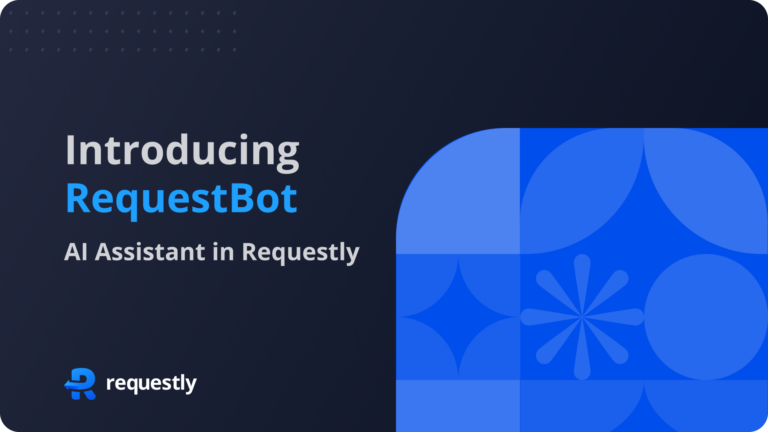In today’s fast-paced digital world, the importance of robust software can’t be overstated. Ensuring that software applications are reliable, efficient, and meet user expectations is a task that falls squarely on the shoulders of software testers. We had the pleasure of speaking with Kenton DeAngeli, a seasoned veteran in the industry with over 20 years of experience. He took us through his journey into software testing, shedding light on his work’s challenges and rewarding nature.
Challenges in His Software Testing Job
- AdTech Complexities: Testing advertisements in the AdTech ecosystem is exceptionally challenging due to the involvement of multiple systems like AdExchange, Supply Side Platform (SSP), and Demand Side Platform (DSP), which are often outside your control. This complexity heightens accountability, as testers must meticulously identify and address issues that may escape the notice of developers and sales teams, requiring a keen eye for detail and an unwavering commitment to precision.
- Cross-Browser Testing: Another significant hurdle is ensuring cross-browser compatibility, especially within the iPhone ecosystem. Apple’s strict privacy policies can complicate efforts to access network traffic, nudging testers into ‘black box testing’ scenarios. Consequently, understanding the intricate variances between browsers becomes a crucial yet complex task.
The Future of Software Testing
The field of software testing is evolving, but Kenton firmly believes that human testers will always be indispensable. While technological advancements and automation have made strides, the innate human qualities of curiosity, critical thinking, and a thirst for continuous learning remain essential. These attributes allow testers to navigate the multifaceted and dynamic landscape of software development effectively.
Working with developers
Effective collaboration between testers and developers is essential for creating high-quality software.
Shared Goal: Building a Great Product
In his recent talk, Kenton eloquently stated, “You are very good engineers, but there are going to be bugs. We are here to help you find those bugs and build a great product.” This quote encapsulates the collaborative spirit between testers and developers. The goal isn’t merely to identify faults but to contribute positively to the product’s success.
Reproducing Bugs
Kenton emphasizes the importance of reproducibility in bug reporting with the axiom, “If a bug isn’t reproducible, it’s not a bug.” This underscores the necessity for testers to rigorously document the steps needed to reproduce an issue. Providing detailed reproduction steps and context ensures that developers can observe and understand the problem, leading to a more efficient resolution process. A well-crafted bug report is essential for developers to understand and address issues effectively.
Writing a Good Bug Report
A good bug report should be clear, concise, and comprehensive. Essential elements include a precise description of the problem, steps to reproduce the issue, expected versus actual results, enough evidences, and any relevant screenshots or logs. Sharing HTTP Archive (HAR) files can be particularly helpful in diagnosing issues related to network traffic.
Tools and Resources for Software Testers
Kenton’s toolkit and resource recommendations are both practical and insightful:
- Requestly – This Chrome extension is invaluable for viewing non-production code within a production environment. It’s a go-to tool for bridging the gap between development and live testing scenarios.
- Google Sheets – Its versatility makes it an excellent resource for documenting test cases and managing test data. It’s a simple yet powerful tool that many overlook.
- ‘Soft Skills’ by John Sonmez Kenton recommends this book for its comprehensive take on the developer’s perspective and effective communication strategies. It’s a must-read for anyone looking to bolster their soft skills within the tech industry.
Hiring and Interviewing Software Testers
Kenton shared his insights into what he looks for when hiring software testers:
- Curiosity He values naturally inquisitive candidates, asking questions and delving into the root causes of issues rather than merely scratching the surface. This curiosity drives testers to explore uncharted territories within the software they are evaluating.
- Critical Thinking Analytical skills are paramount. Kenton appreciates individuals who can dissect problems methodically, weighing various factors and perspectives before concluding. Such critical thinkers bring depth to the testing process.
- Ownership Taking ownership of one’s work is a trait Kenton holds in high regard. Ideal candidates are those who understand the gravity of their role and the impact they have on the overall quality of the software. They are responsible and proactive in ensuring the success of the product.
Red Flags in Software Design Interviews
Through years of experience, Kenton has learned to identify potential pitfalls in candidates during interviews:
- Overconfidence A notable red flag is overconfidence. Candidates who are doggedly insistent on their correctness and react defensively when questioned can be problematic. A rigid mindset can stifle collaboration and innovation.
- Adaptability Inflexibility is another concern. Candidates who struggle to adapt their thinking or view feedback as a personal affront may find it challenging to thrive in a collaborative environment where adaptability is key.
Rapid-Fire Questions
We wrapped up our conversation with some rapid-fire questions to get a quick snapshot of Kenton’s preferences and insights:
- End-to-end testing framework(Playwright or Selenium): Playwright
- UI vs. API testing preference: Testing APIs through UI impact analysis
- Favourite Tech community(Reddit or Hacker News): Hacker News
- Caffeine or alcohol: Coffee in the morning, beer in the evening
- Requestly or Charles Proxy: Requestly
Conclusion
The world of software testing is as challenging as it is rewarding. With experts like Kenton DeAngeli leading the way, the future of software quality assurance is in capable hands. Whether you’re a budding tester or a seasoned professional, the insights shared offer valuable guidance on navigating the complexities of this dynamic field.




